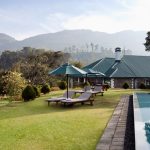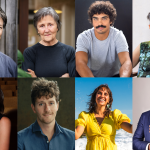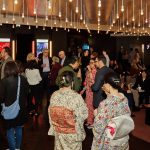It’s been five seasons of BLAK Out brilliance at Sydney Festival. Five years of reimagining what it means to be at the centre of cultural storytelling in one of Australia’s most visible arts festivals. As we sat down with him for our Irresistible chat, true to form, Nash speaks in design — elegant, considered, and deeply felt.
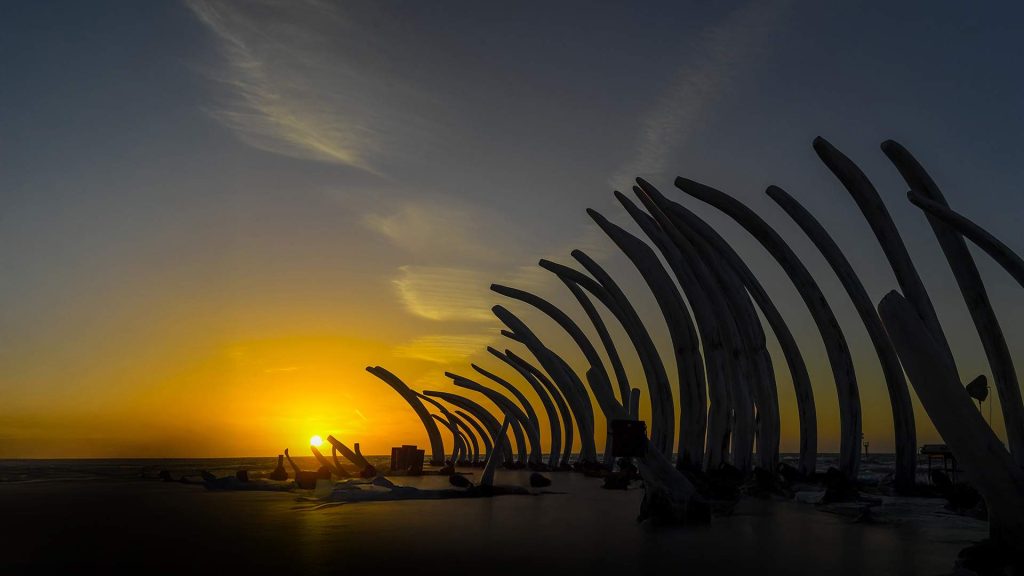
Lets start with Sydney Festival and your final program. What do you hope audiences take from it?
Jacob Nash: This is my fifth program. I think it probably goes back to what’s happening in the world. For the BLAK Out program, we’re always responding to the world we find ourselves in. We can be really specific and shaped by current events — but we also have to look at the stories coming out from our artists and communities. There’s an overarching response to the world, and that’s usually matched by the stories from our artists. This year, the election, Trump — all of it has put a focus on kindness. On listening. And really fighting for space. Space to gather. The importance of coming together is at the core of this final season. It’s about gathering.
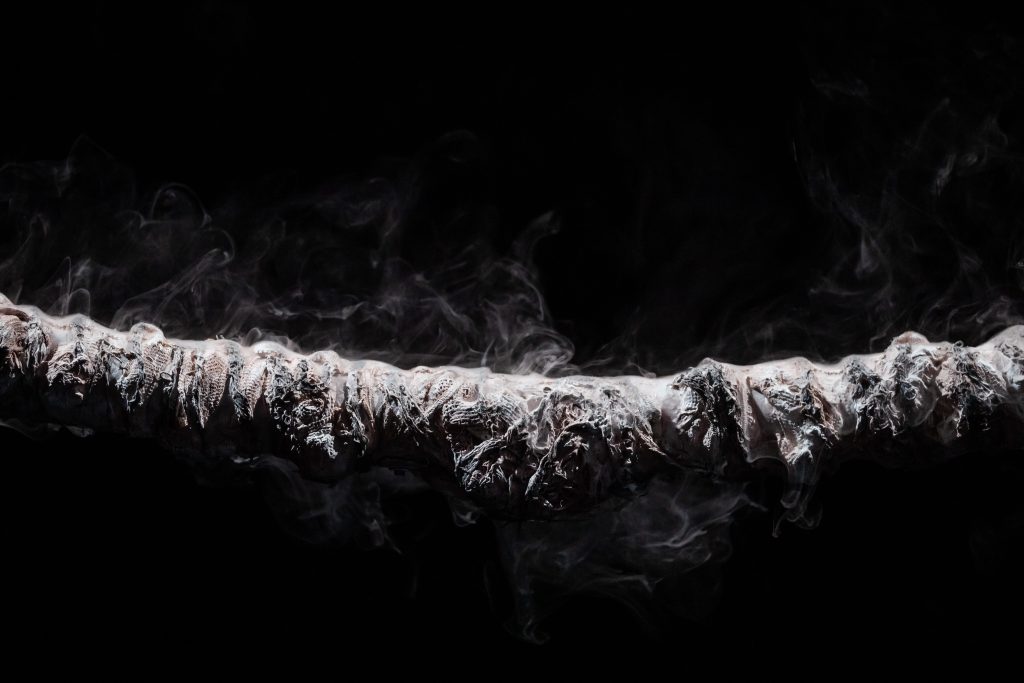
You’ve repositioned First Nations stories more centrally across your five BLAK Outs and into the main program. What legacy do you hope to leave for the next curator?
Wesley [Enoch] really started it, as the first First Nations artistic director of the festival. He didn’t just include First Nations work — he platformed it. Commissioned it. Put it on the main stage. That’s what anchored his version of the program. Alongside that, he started the Vigil, which I think now has come full circle. It’s not just one night on the 25th. It’s a philosophy that stretches across everything — from what we program at Piranhauru to the conversations we’re having across the entire festival. I think that’s the legacy: a focus on First Nations stories not as an add-on but as the anchor. And within the programming department — not siloed, not side-lined. The BLAK Out label is still important. It celebrates who we are. But it also sits seamlessly in the program. These are the most important, vital stories coming out of Australia. And most of them — if not all — are Blak right now.
Design-wise, do you consciously thread any visual or spatial elements through the program?
I’m always thinking about space. Shelter. Gathering. People don’t just come together for art because they can — they come because they need to. It’s not an economic thing. It’s a deep need.And when people gather, there’s always a place — a space. So I think about symbols, objects, structures. Art meeting architecture. These are the containers that hold people and allow story to move through them.
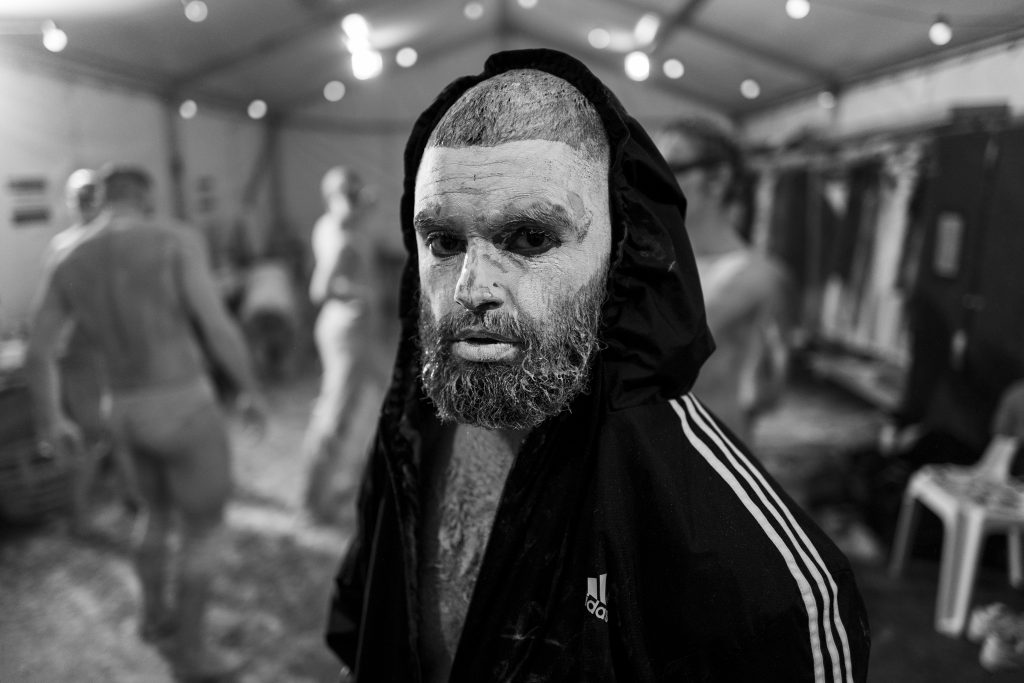
You’ve described BLAK Out as a world that already exists. What world do you hope audiences step into this final time?
A world where they feel held. Where they sit in a group and experience cultural and storytelling messages that matter. We live in a world that pushes everyone to extremes. But if we can’t come together through culture and story, then we’re kind of lost.
There’s a political and poetic tension in your work. How do you balance that?
I didn’t always feel this way, but I think all art is inherently political. Any time you make a mark, you’re making a statement — about who you are, your lineage, your connection to place. You could paint a landscape and still be making a political statement about country. It’s about where you focus the audience’s lens. It’s always there — it’s just how clearly you make them see it.
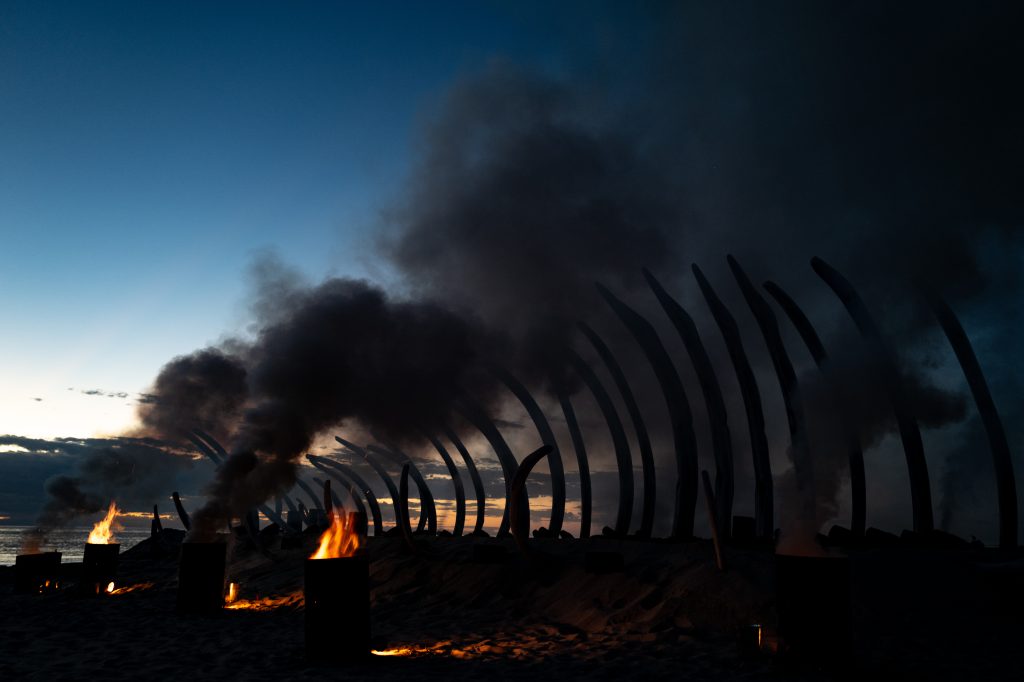
Your work — especially at Bangarra — has been described as “scenography that breathes.” Does that spatial design sensibility follow into what you’re doing next?
Yes, but it’s broader now. Space can be anything — out on Country, inside a building, metaphorical space even. But there’s always a container. A vessel that holds story, music, people. That’s what I do now. I make space — or hold it — so we can witness something together.
What comes after BLAK Out? What can you tell us about your next moves?
I’m doing less live performance. Still doing a few works — one with Stephen Page at Brisbane Festival called Baleen. It’s these massive whale bone skeletons on the Brisbane River. I’m co-creating a public art piece with Chris Fox for Barangaroo’s Harbor Park — the last bit of green space there — due around 2027 or 2028. And there are a couple of film projects in development too.
It’s all a bit multi-directional — that’s just how I work. I like interesting things. Important stories. Interesting people. I’ll always be a designer of space, whether that’s theatre, dance, film, or public art.
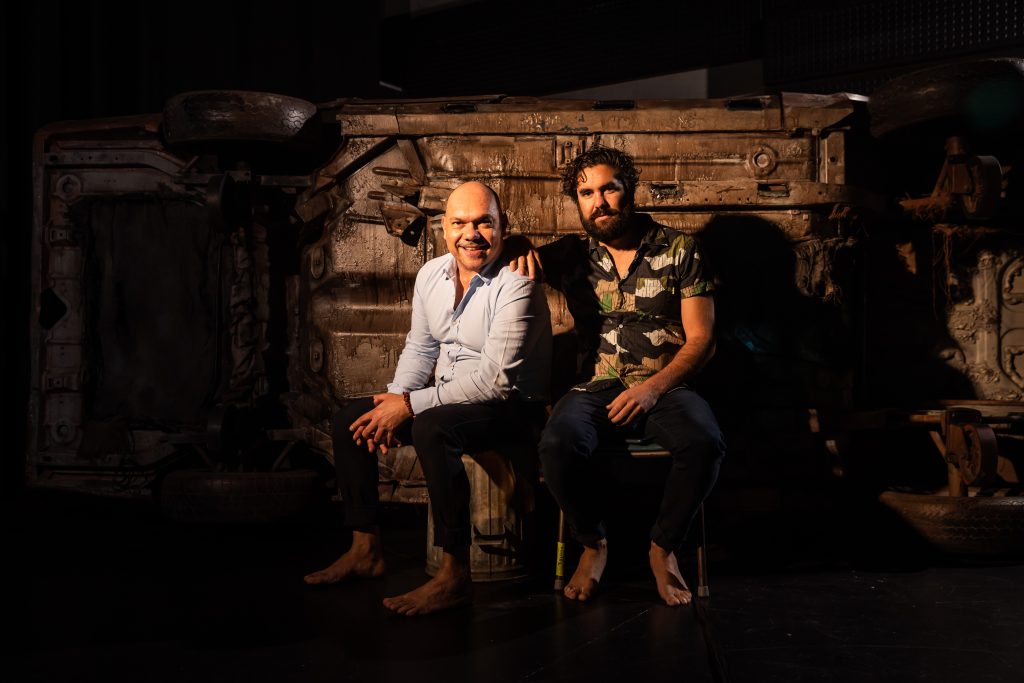
What advice would you give a young creative — First Nations or otherwise — stepping into this world?
You need training. Or a mentor. Someone who can teach you how to think and how to make. Because making is everything. And you’ve got to be nimble. Especially now. You can’t just do one thing — you need a few things moving at once to survive creatively. Maybe you start an agency, maybe you specialise, maybe you experiment. All the experiences add up. They give you the knowledge to make. That’s the most valuable thing. Making is what matters.
And your own training — that was at NIDA, right?
Yes — but it was Bangarra that made me who I am.
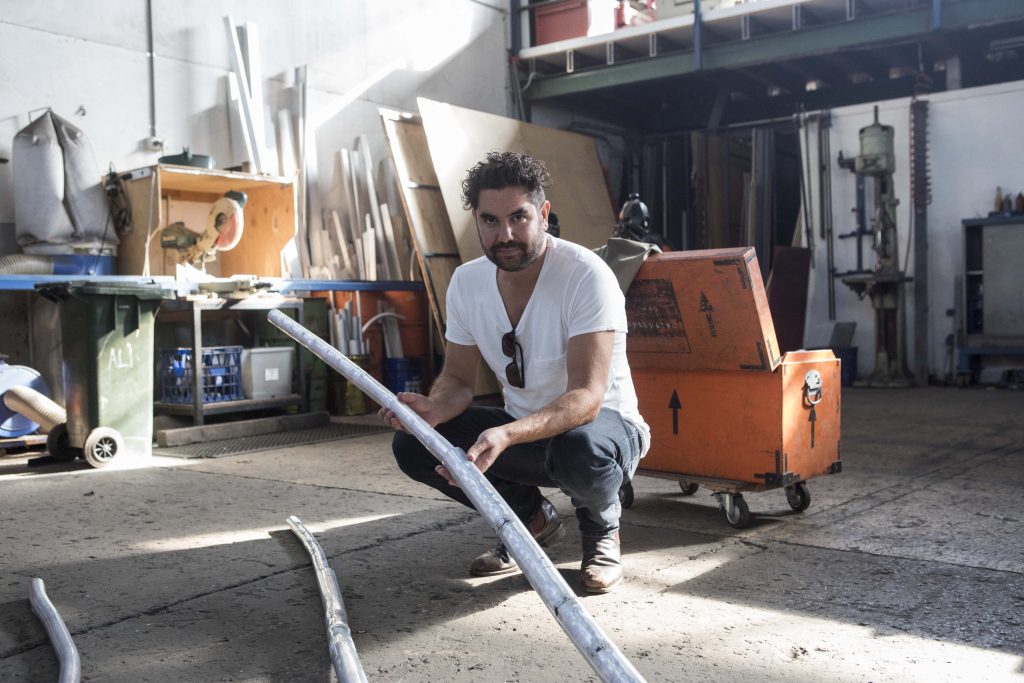
You can Jacob Nash’s final BLAK Out curation during the 2026 Sydney Festival next January. His new collaborative public artwork Baleen Moondjan will premiere at Brisbane Festival this September 2025.





